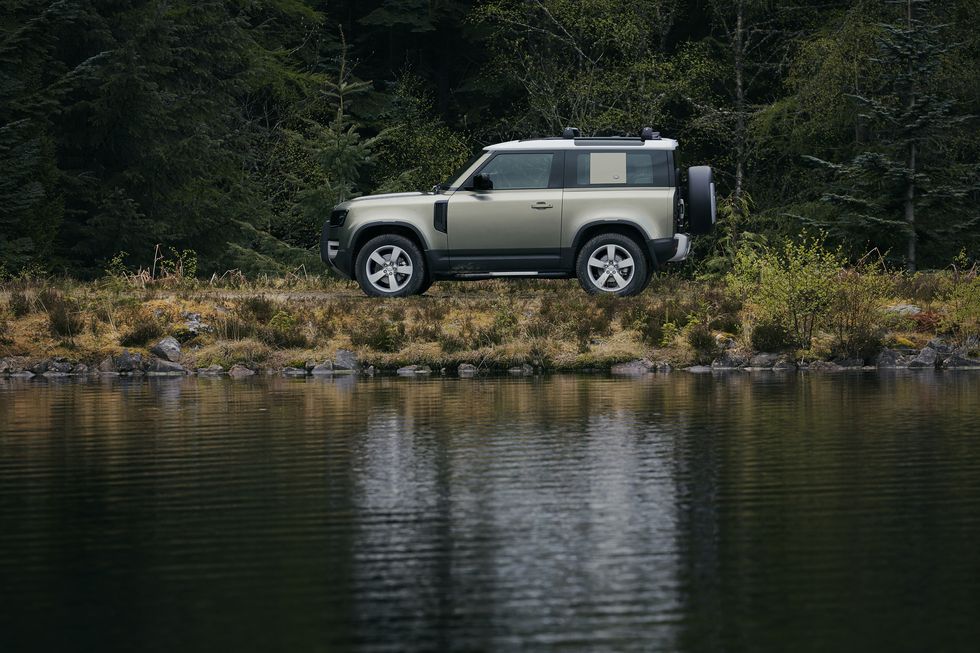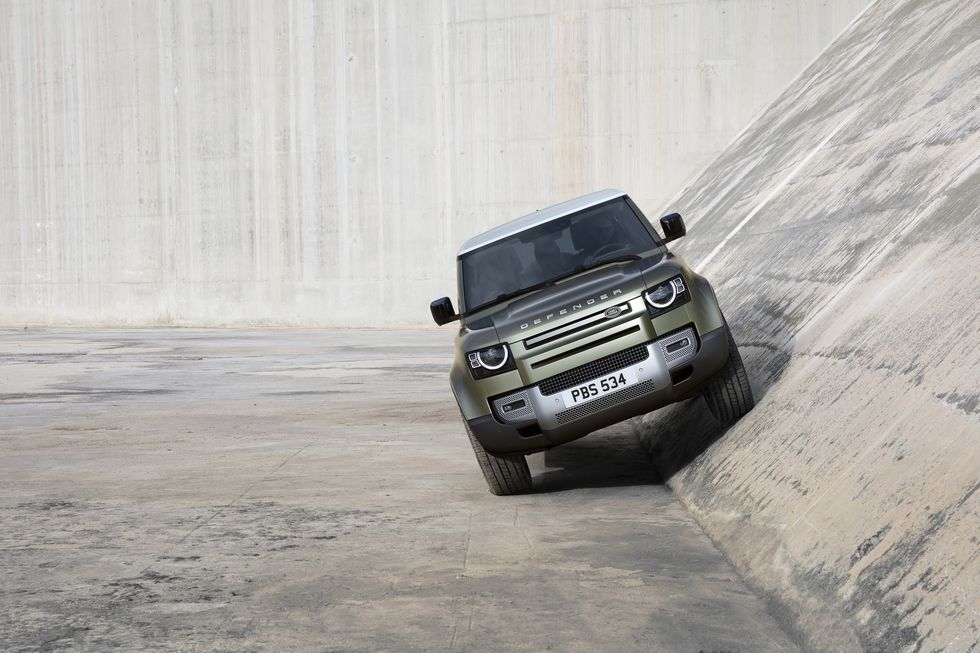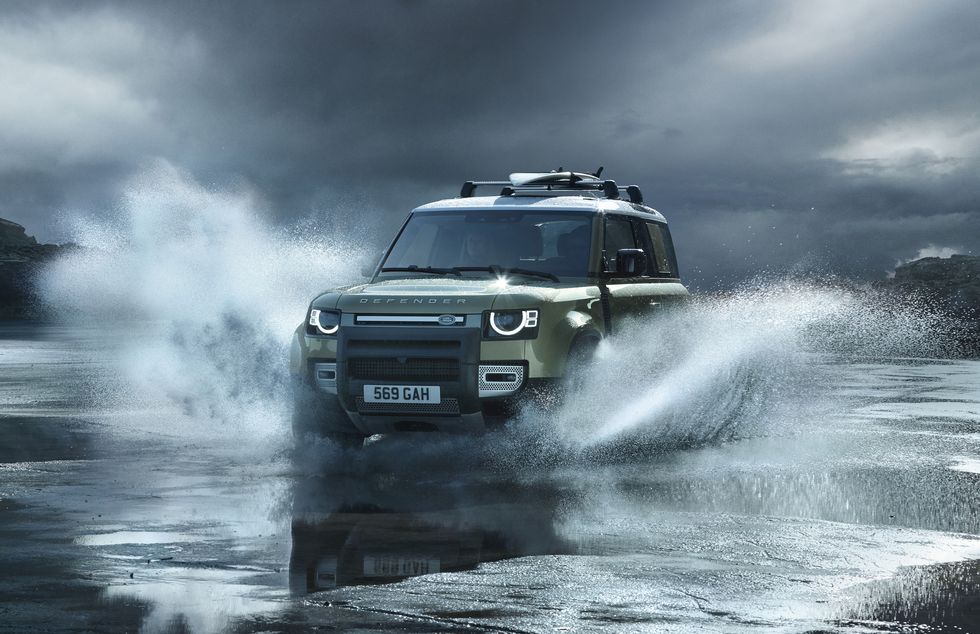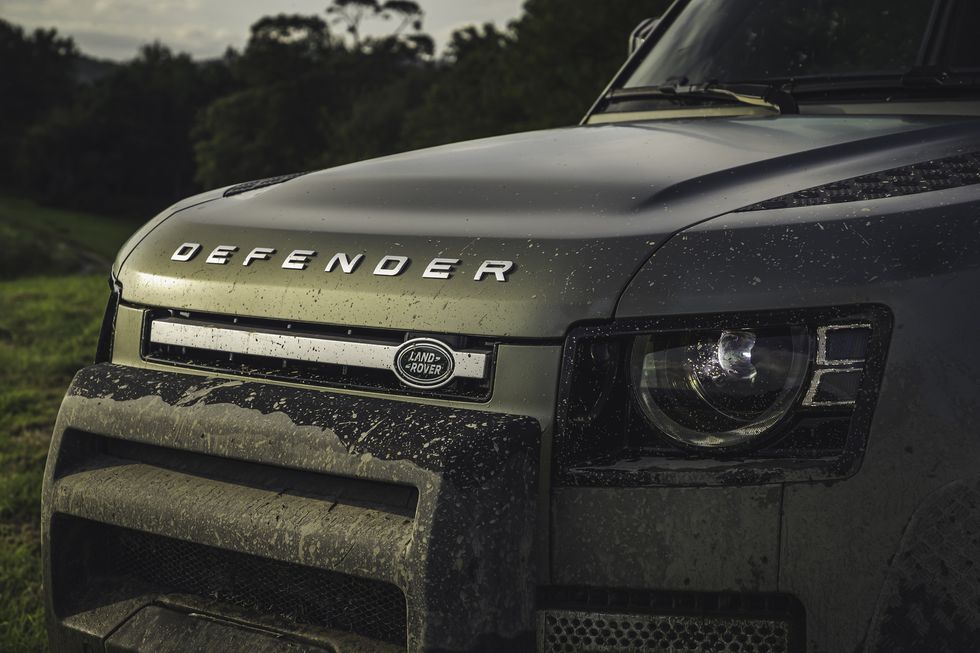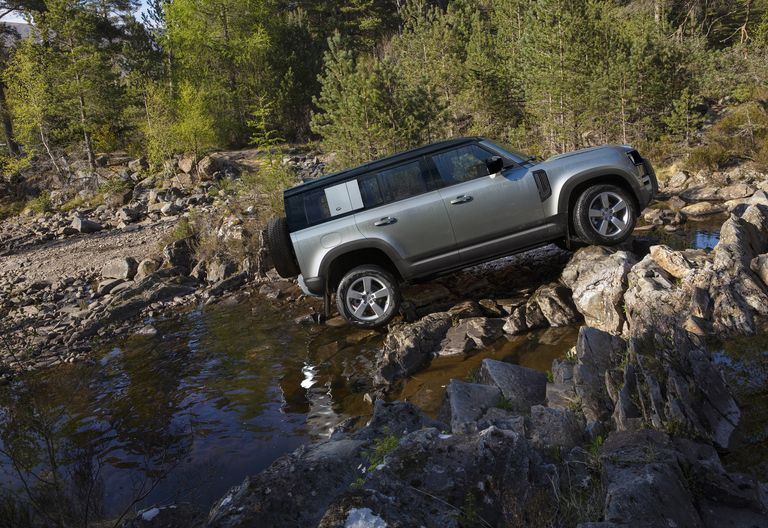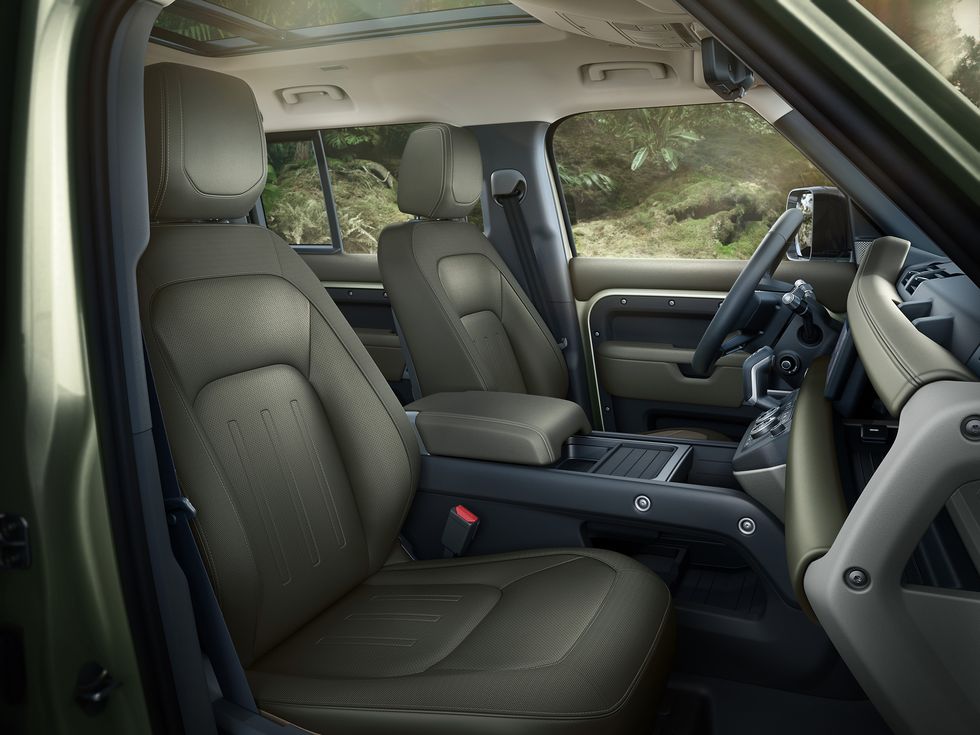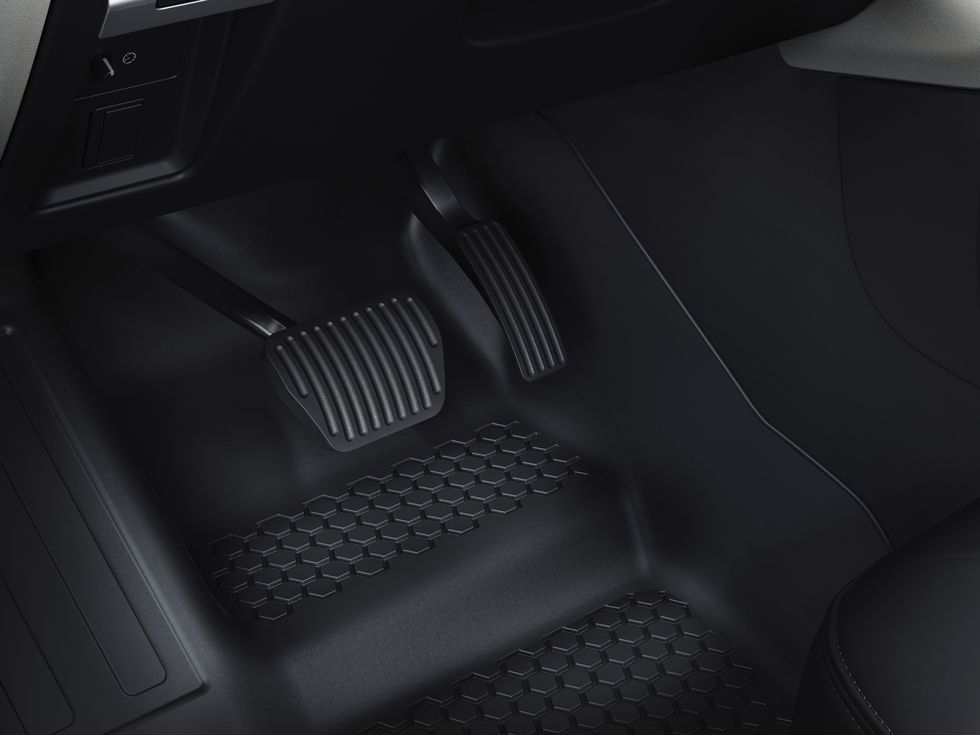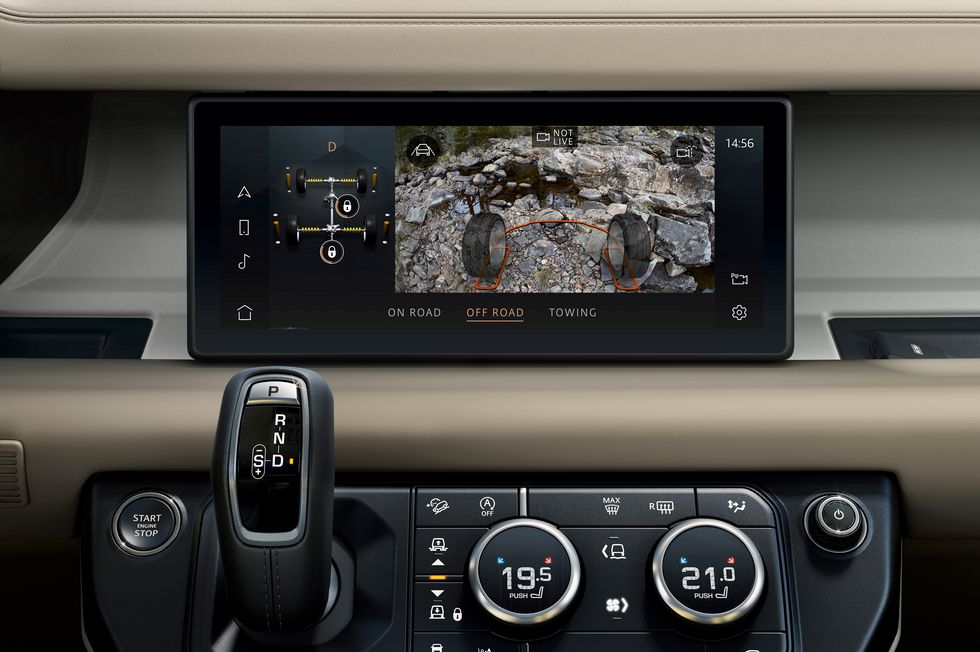Legend has it that it’s impossible to get a Land Rover Defender stuck in any terrain. Some also say that when a Defender tries to look up the term “off-limits” in a dictionary, it simply vanishes because the Defender cannot comprehend its meaning.
Equally unverified is the fact that certain parties claim the Mercedes-Benz G-Wagen had a posted of the Defender on its wall growing up.
Regardless, the Defender is synonymous as the original go-anywhere 4x4. Since it was first launched back in 1983 as a continuation of the original Series 1,2 and 3, the Defender has remained largely unchanged; a huge part of its charm and robustness.
Production ended in 2016 and the world has been yearning for a replacement ever since. Land Rover has answered the prayers with an all-new Defender that’s going to have the purists questioning the foundation of their beliefs as it ditches the ladder frame and solid axles.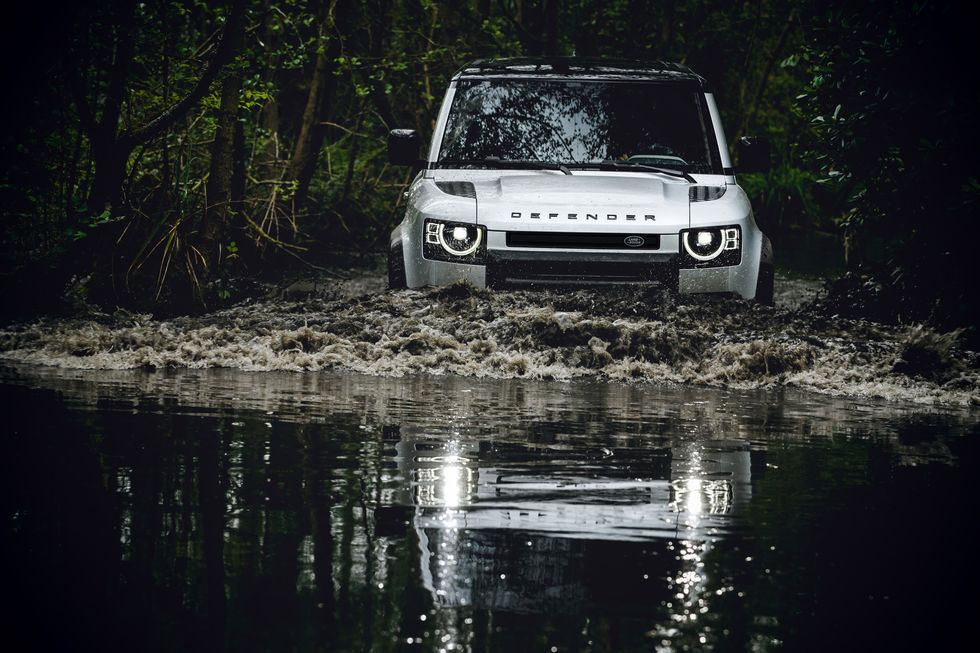
Land Rover assures us the Defender will still be the posterchild of rugged 4x4s and if the numbers are anything to go by, we’re not going to challenge those claims.
True to tradition, the 2020 Defender will be in 90 and 110 trims; a nostalgic throwback to the original’s wheelbase that denoted long and short body styles. The 90 will be a two-door while the 110 will have four of those. Both are capable of seating six with an optional fold-down front-middle seat though the 110 can be optioned with a 5+2 configuration that includes cargo area jump seats.
It rides on an all-new aluminium unibody platform that isn’t shared with any other Land Rover model. Suspension is independent front and rear with minimal front and rear overhangs for impressive attack angles. Approach, break-over and departure angles measure 38, 31 and 40 degrees on the 90 and 38, 28 and 40 degrees on the 110. All these numbers are with the adaptive air suspension maxed out.
A further knife in the heart of the purists is the lack of a manual transmission. Instead, you’ll get arguably the best torque-converter automatic in the market today; the ZF eight-speed.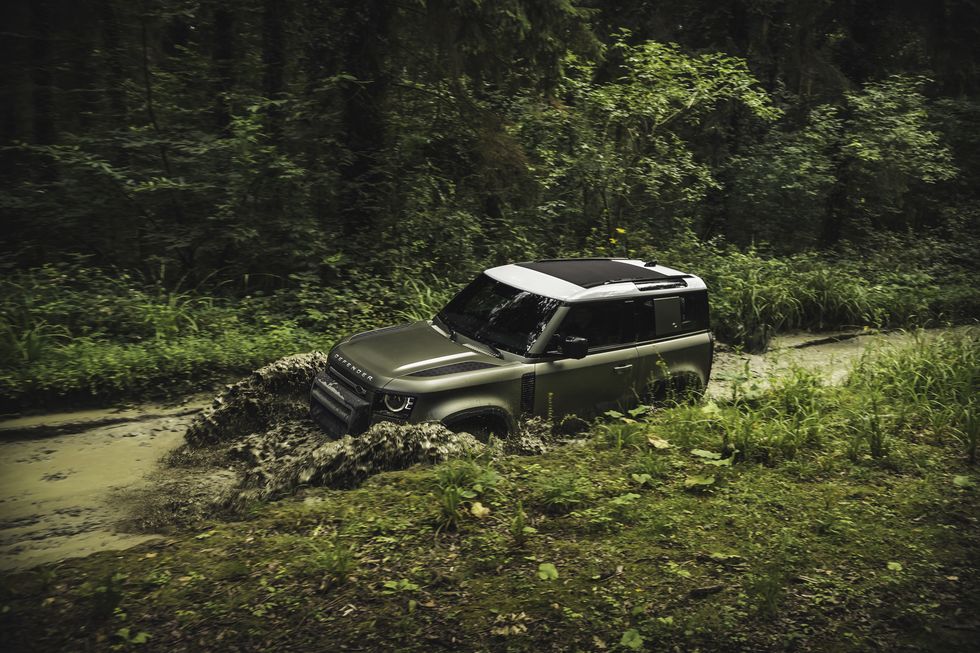
Engine options are a pair of four-bangers 2.0-litre turbo-diesels as well as a 2.0-litre petrol turbo-four and a larger, fancier 3.0-litre straight-six.
The diesels make 197hp and 237hp with an identical 430Nm of torque from just 1,400rpm. As for the 2.0-litre petrol turbo-four, it brings 296hp and 400Nm of torque. A turbocharger and an electric supercharger with a 48V mild hybrid system using a lithium-ion battery and a belt-integrated starter motor give the 3.0-litre straight-six some proper kick. This one churns out 395hp and 550Nm of torque.
Also gone with the manual is the regular braking setup, replaced by a brake-by-wire system that Land Rover claims can reach maximum braking pressure in half the time of a conventional hydraulic system.
To get out of the sticky stuff, or to not get stuck in the first place, all Defenders will get permanent four-wheel drive with an electronically-shifted two-speed transfer case. You’ll find Land Rover's Terrain Response and Terrain Response II electronic drive mode systems as well as centre and rear locking diffs are optional. Don’t forget to tick the box for ClearSight Ground View that has an external camera projecting on the hood to display what’s hidden from view in front of the vehicle. We suggest not leaving the showroom without them if serious off-roading is in your near future.
Of all its numbers though, 900mm is its most impressive. That’s the water-wading depth. A new Wade Sensing mode prepares for water crossing by locking the diffs, raising the air suspension, loosening throttle response and recirculating the climate control. Subsequently, the infotainment screen will display water depth. After crossing, the Defender will lightly apply the brakes to clean the rotors. There’s also an option for a wireless 4.5-ton winch.
Aesthetically, the Defender might look a little more hipster but it’s still all function over form. The “alpine light” roof windows over the rear seat area are standard. The spare tyre is mounted on the side-hinged tailgate. You can also opt for a full-length folding fabric sunroof. Floating side pillars make excellent mounting points for adventure gear.
Some modernisation has finally been applied to the dashboard that sits around a structural magnesium beam. There’s a touchscreen for the infotainment and certain controls. Of course, the standard floor is a sturdy rubberised material for easy cleaning.
Owners should also opt for the waterproof Activity Key that’s worn on the wrist and can replace the traditional key fob. It houses a mini touchscreen that allows remote locking and unlocking, keyless entry and starting.
There are a number of wheel options available but you should only get the 18-inch steel wheels in glossy white. It’s not even up for debate.
Joining the seemingly endless options list are four packs.
Explorer Pack – Snorkel-style raised air intake, roof rack, pillar-mounted gear carrier, mud flaps, fender flares, optional under-body armour, side steps, roof ladder
Adventure Pack – 1.7-gallon pressurized water system with hose, onboard air compressor, pillar-mounted gear carrier, removable backpack that integrates into the seatback
Country Pack – fender flare protection, mud flaps, portable rinse system, cargo organising system in the trunk
Urban Pack – bright metal aesthetic touches inside and out, large-diameter wheel and tyre combo


